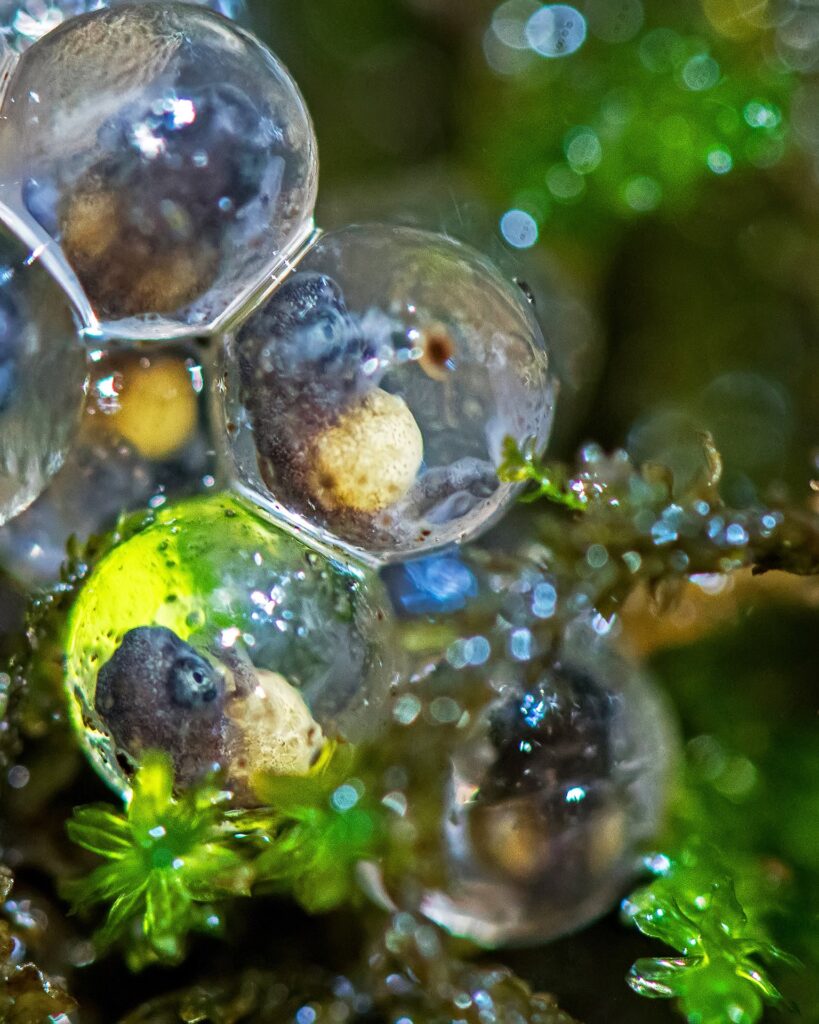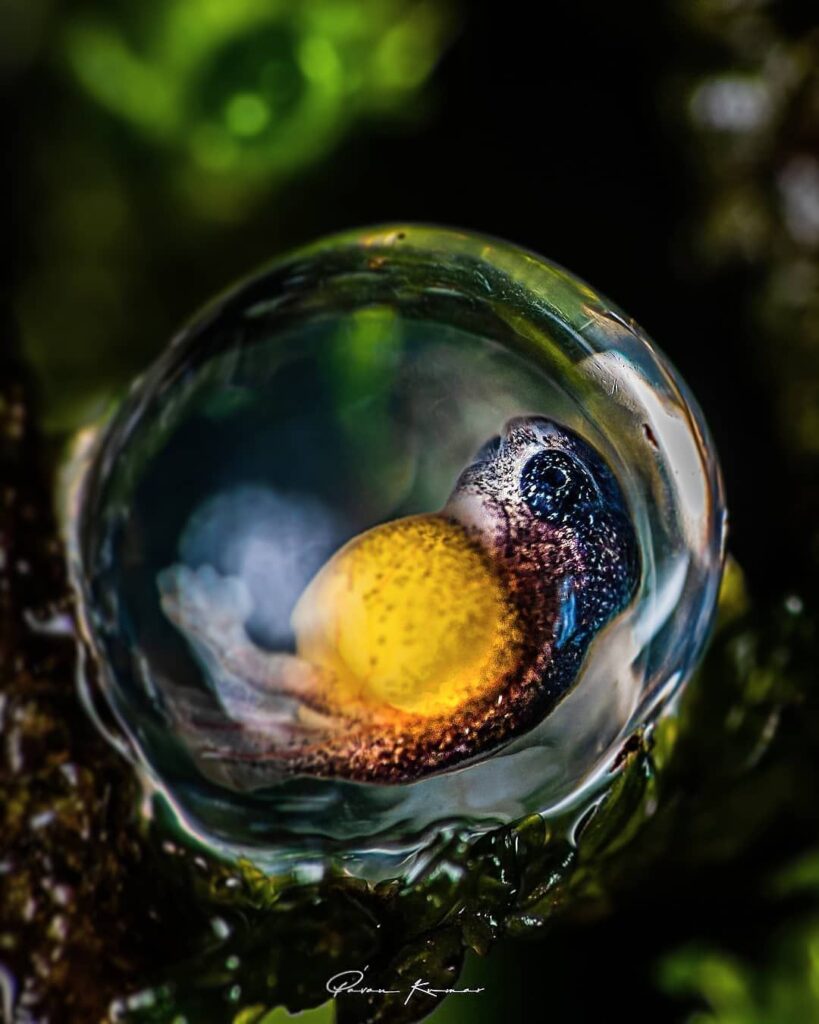
The Bombay Bush Frog (Raorchestes bombayensis) is a unique frog species that is endemic to the Western Ghats of India. It is the only known frog species that bypasses the tadpole stage of development.
Instead, Bombay Bush Frogs develop directly from eggs into froglets. This is a rare reproductive strategy among frogs, and it is thought to be an adaptation to the harsh conditions of the Western Ghats.

Bombay Bush Frogs lay their eggs in moist, sheltered places, such as under rocks or leaves. The eggs hatch after about 10 days, and the froglets emerge fully formed. The froglets are very small at first, but they grow quickly and reach maturity within a few months.
Bombay Bush Frogs are arboreal frogs, meaning that they spend most of their time in trees. They are also nocturnal frogs, meaning that they are most active at night. Bombay Bush Frogs eat a variety of insects, including spiders, ants, and termites.
Bombay Bush Frogs are an important part of the Western Ghats ecosystem. They help to control insect populations and provide food for other animals, such as snakes and birds.

Importance of Bombay Bush Frogs
Bombay Bush Frogs are an important part of the Western Ghats ecosystem for a number of reasons. First, they help to control insect populations. Second, they provide food for other animals, such as snakes and birds. Third, they are a unique and fascinating species, and their direct development is a remarkable adaptation to the harsh conditions of the Western Ghats.
Conservation status of Bombay Bush Frogs
Bombay Bush Frogs are currently classified as Least Concern by the IUCN Red List of Threatened Species. However, they are facing a number of threats, including habitat loss and fragmentation, climate change, and pollution.

It is important to protect Bombay Bush Frogs and their habitat in order to ensure their survival for future generations.

Leave a Reply